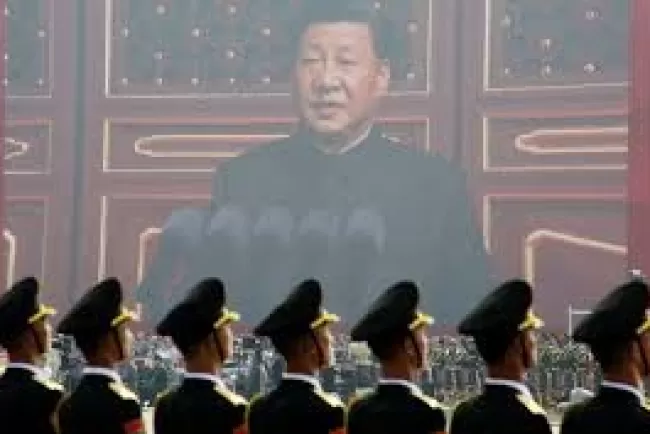China's Pharmaceutical Sector Faces Uncertain Future Amid Tariff Threats
As the U.S. looks to bring pharmaceutical manufacturing back home, China's position in the global drug supply chain may be at risk. What implications will this have for the industry?
The Chinese pharmaceutical sector is bracing for potential challenges as the U.S. government, under former President Donald Trump, considers imposing tariffs aimed at encouraging domestic manufacturing. While pharmaceuticals were initially exempt from recent tariff measures, the possibility of new trade barriers looms, threatening China's longstanding dominance in the global drug supply chain.
The Shift in U.S. Pharmaceutical Imports
In recent years, U.S. pharmaceutical imports from China and India have surged, with imports totaling nearly $213 billion in 2024—more than double the amount from just a decade ago. This trend underscores the reliance of U.S. drug manufacturers on overseas production to reduce costs. However, analysts caution that reversing this trend will pose significant obstacles, given the intricate nature of the pharmaceutical supply chain.
Challenges of Reshoring
Pharmaceuticals are characterized by highly complex global supply chains, making it difficult for U.S. manufacturers to disentangle from their dependence on Chinese producers. While tariffs may increase costs for Chinese manufacturers, leading to a gradual reshoring of production, the transition is fraught with challenges. Experts highlight that the current reliance on China for critical production steps complicates efforts to shift production back to the U.S.
Short-Term Disruptions and Patient Impact
The potential for tariffs and reshoring efforts raises concerns about short-term disruptions within the pharmaceutical sector. Democrats have voiced warnings regarding possible drug shortages and delays that could jeopardize patient care. As the U.S. navigates these complex dynamics, ensuring a stable supply of pharmaceuticals will be crucial.
Future Implications for the Industry
The evolving trade landscape presents both risks and opportunities for the pharmaceutical industry. As the U.S. government seeks to bolster domestic manufacturing, stakeholders must weigh the implications of tariffs on drug prices, availability, and innovation. The balance between national interests and global supply chain realities will be critical in shaping the future of pharmaceuticals.
Conclusion
As the U.S. contemplates measures to reduce reliance on Chinese manufacturing, the pharmaceutical sector faces an uncertain future. The complexities of global supply chains and potential short-term disruptions underscore the need for strategic planning. The coming years will be pivotal in determining how the pharmaceutical landscape adapts to these changes while ensuring patient access to essential medications.
Stay informed on this developing story and its implications for the pharmaceutical industry.
What's Your Reaction?















